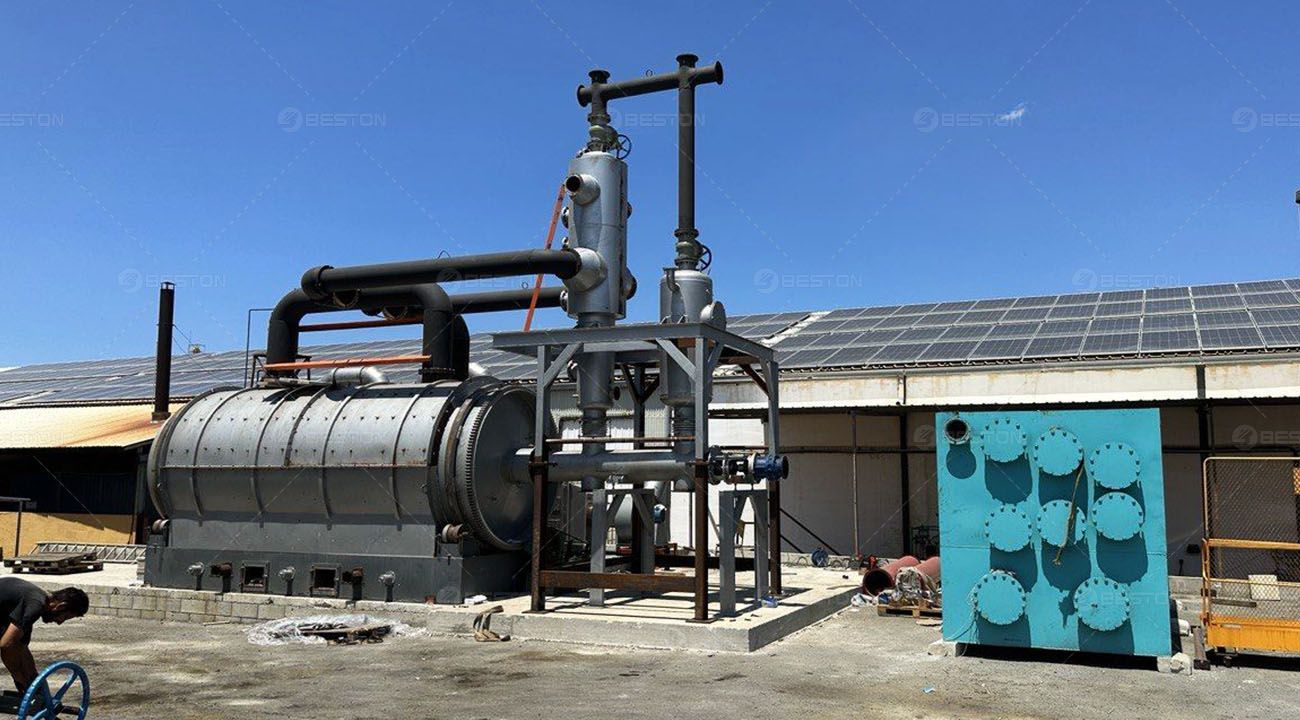Pyrolysis Plant Enables Efficient Waste Recycling in Malaysia
- By Beston Charcoal
- •
- 28 Mar, 2024
- •
This is a subtitle for your new post

Understanding Pyrolysis Technology
Pyrolysis is a thermochemical process that involves the decomposition of organic materials at elevated temperatures in the absence of oxygen. This results in the conversion of waste materials into valuable products, such as pyrolysis oil, charcoal, and syngas. The process offers several advantages over traditional waste disposal methods, including minimal emissions, resource recovery, and energy generation.Operating Principles
In a pyrolysis machine for sale, waste materials are fed into a reactor chamber, where they undergo heating in the absence of oxygen. This thermal decomposition process breaks down the complex organic molecules present in the waste, producing a mixture of pyrolysis oil, char, and syngas. These products can then be further processed and utilized for various applications, including fuel production, energy generation, and industrial processes.Key Components
A typical pyrolysis plant comprises several essential components:- Reactor Chamber: The primary vessel where the pyrolysis process takes place.
- Heating System: Equipment for providing the necessary heat energy to initiate and sustain the pyrolysis reactions.
- Condensation System: Facilities for cooling and condensing the pyrolysis oil and syngas vapors into liquid and gaseous products.
- Char Collection System: Mechanisms for collecting and extracting the solid char residue produced during pyrolysis.
- Gas Treatment System: Equipment for purifying and treating the syngas to remove impurities and contaminants.
